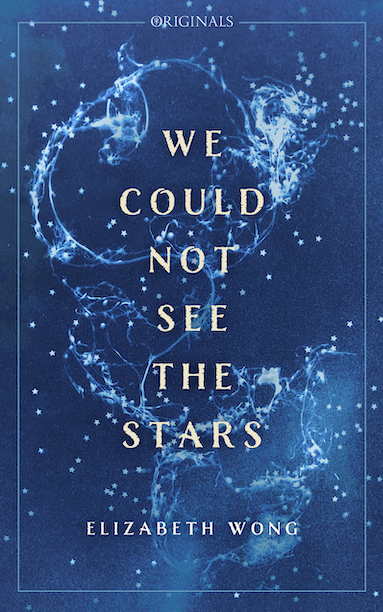
The tracing of one’s ancestry has gained some form of public interest in recent times. People go to great lengths to find out their ancestry by doing DNA tests such as 23nme or trawling through history records. The quest to seek out our ancestry, and even all the way back, clearly shows us our innate desire to discover our sense of belonging in human civilisation. So reading We Could Not See The Stars, (published by John Murray Press/Hachette UK), a debut novel by London based author, Elizabeth Wong, feels timely.
Set in fictitious Malaysia, the story opens with Han, a young man who goes on a fishing expedition with his supercilious and arrogant cousin, Chong Meng, in their sleepy fishing village, Kampung Seng. They seem to run out of luck under the sweltering heat as ‘the salty sea heat stuck to the pores of their skin.’ One day, Han encounters a mysterious man by the name of Mr Ng who arrives at the village, asking about his deceased mother, Swee. Why is he looking for his mother all of a sudden? The thing is, Han barely knows his mother since she died when he was five years old. Han’s grandmother describes her as one who doesn’t speak of her past, ‘as if she was not fully present in the net. As if her thread was a stray one, woven loosely with the other lines, threatening to unravel as life tugged on it.’ Mr Ng’s appearance unsettles Han. But Chong Meng is impressed by this man’s stories of his travels and the tales of his golden tower. Han’s life changes when his mother’s spade – the only thing that is left of her – goes missing. Han thinks Mr Ng has something to do with the disappearance, and sets out on a quest to retrieve his most precious possession. It is later at the Capital that Han finds out, on a faraway island, across the Peninsula, and across the sea, the forest of Suriyang is cursed.
Those who wander in and return will lose their memories. An expert in Naga Tua island, Professor Toh believes the forest is hiding something that does not wish to be discovered. Is there something sinister lurking in the forest that is causing people to lose their memories? Will Han ever find out who his mother is?
The novel is a blend of speculative fiction and human drama. It is split into 8 parts with each detailing the characters’ perspectives and their connection with the enigmatic forest of Suriyang. Wong skilfully crafts her narrative by setting up pivotal plot points in each chapter, and it grips you as the story unfolds. Right from the start, we are introduced to a host of characters – each with various motivations. The problem with writing this sort of ensemble is that writers often fail to accomplish what the characters set out to do. But in this case, Wong manages to pull all the threads together towards the end of the story as the characters’ lives collide with each other.
Wong is also a keen observer. Her on-the-ground research at a fishing village in Malaysia certainly pays off. Her lucid prose exudes authenticity and playfulness. It’s also filled with intricate details about the Hei-Sans archipelago of nine hundred islands, and the people who inhabit these islands. When Han travels on a train to Hei-Sans archipelago, she whisks us away to Western Range, a new mountain that is ‘hardened to become the spine of the Peninsula’. She further describes the structure of the mountain, ‘as the spine was being pulled apart by tectonic forces, some cracks, like the Spirited Pass, had grown until there was more crack than rock, and together they had formed a continuous, thin crack splitting the Western Range along its entire width.’ Her attention to such details stems from her training as a geologist.
Ultimately, We Could Not See The Stars is a profound meditation on continuity, identity and belonging. What happens when we do not know the people who have gone before us? What does that make us? Swee poignantly finds out:
‘Their full names were inscribed on the walls of the docks, a reminder of the people who had passed through the place. These were home-world names – names that existed only in song, and sung the history of their families and clans. How else would a person know their place in the broad sweep of time? If one did not have a home-world name, no one would know who they were, nor their forefathers, nor ancestral homes. A person was nothing without their home-world name, a speck written out of history.’
Despite the multiple storylines, the novel celebrates a mother’s sacrificial love and the longing to leave behind what’s important for the next generation. That’s powerful, yet at the same time, makes us question our existence in human civilisation.
We Could Not See The Stars is published by John Murray (Hachette UK). The novel is now available in major bookstores, including Waterstones, Amazon UK, Booktopia Australia and Book Depository.
